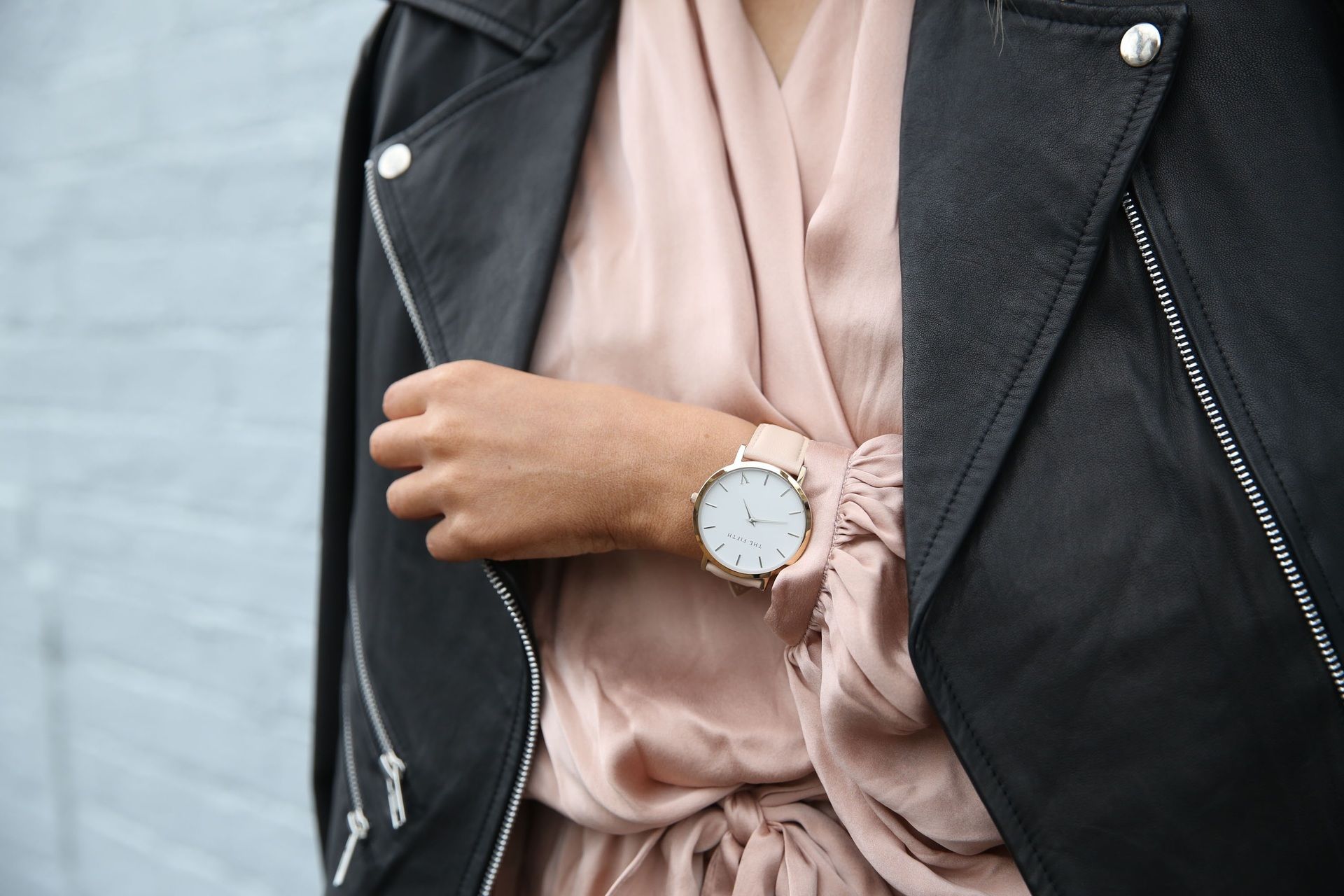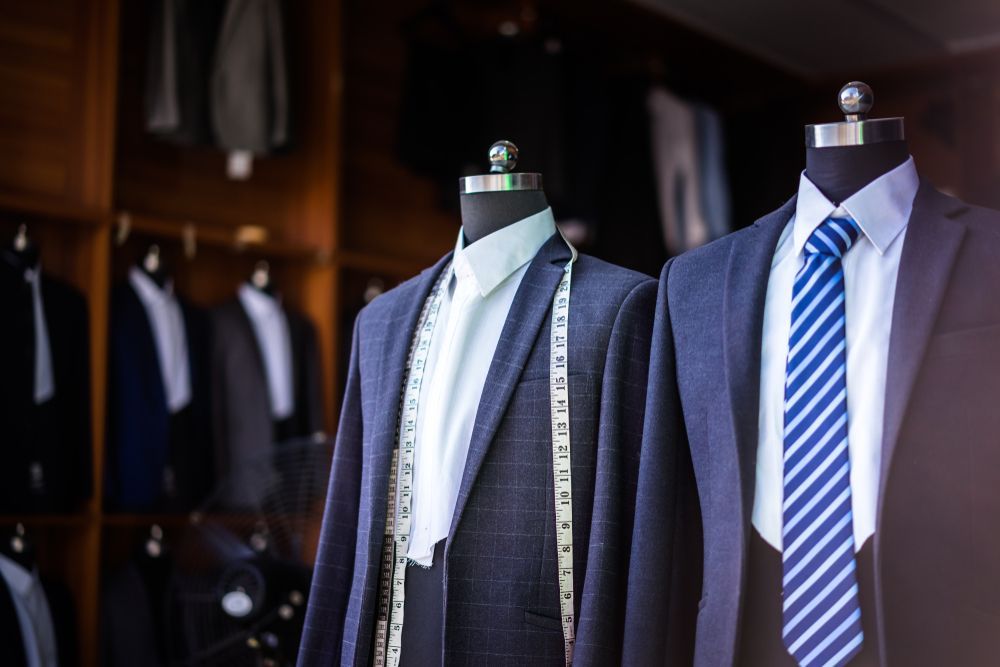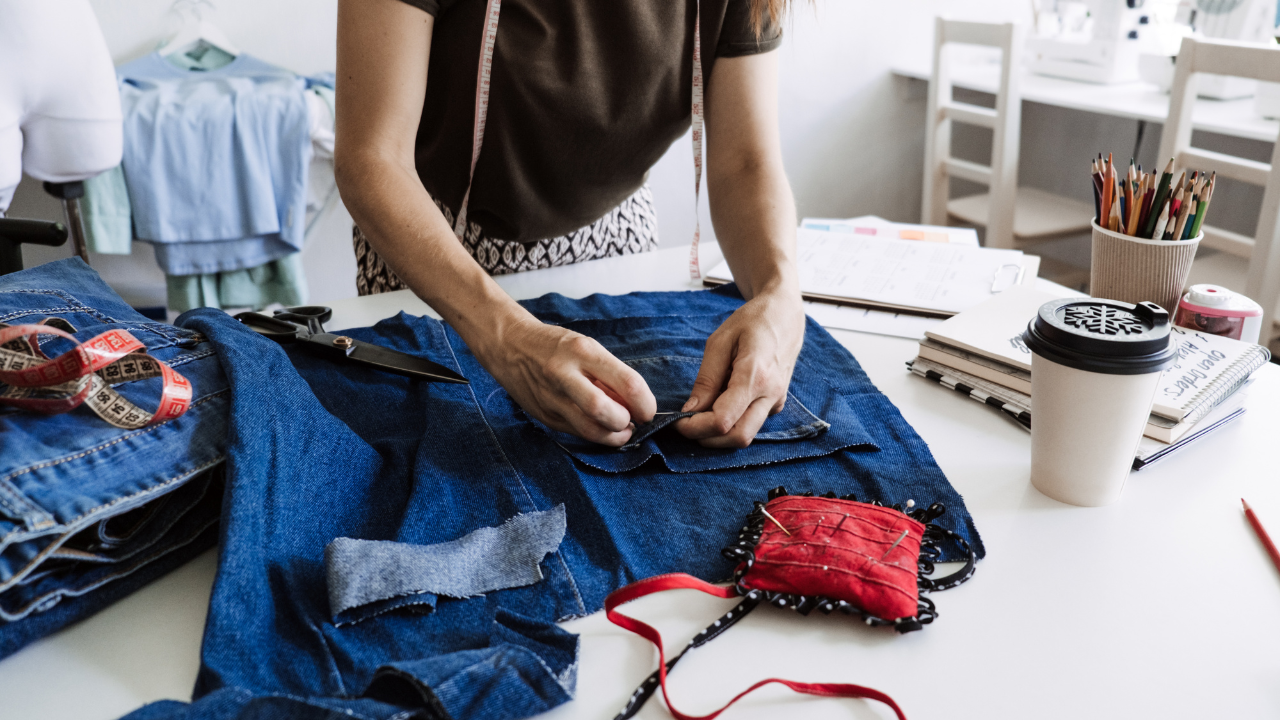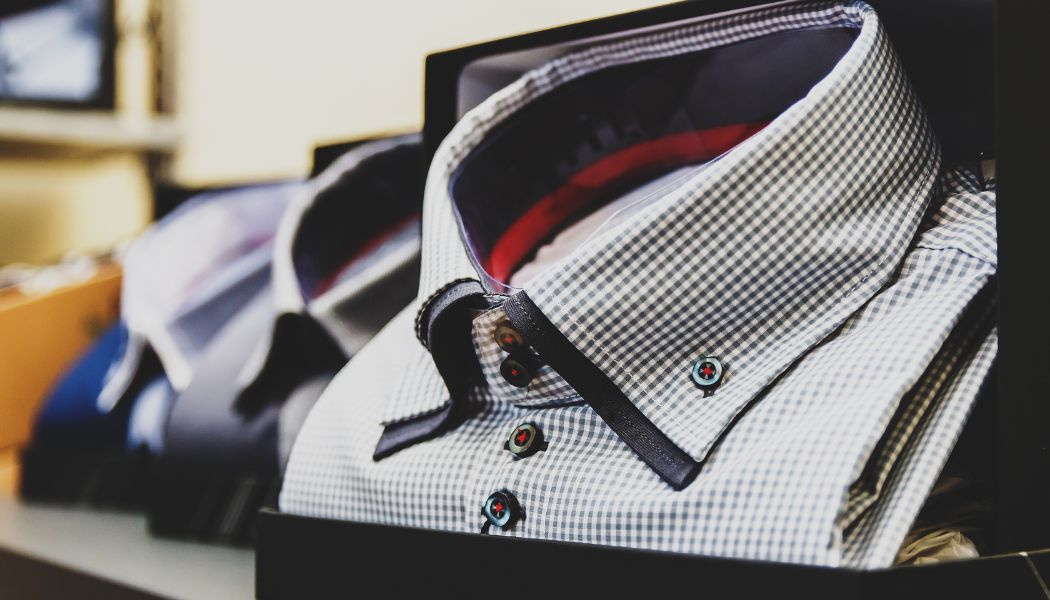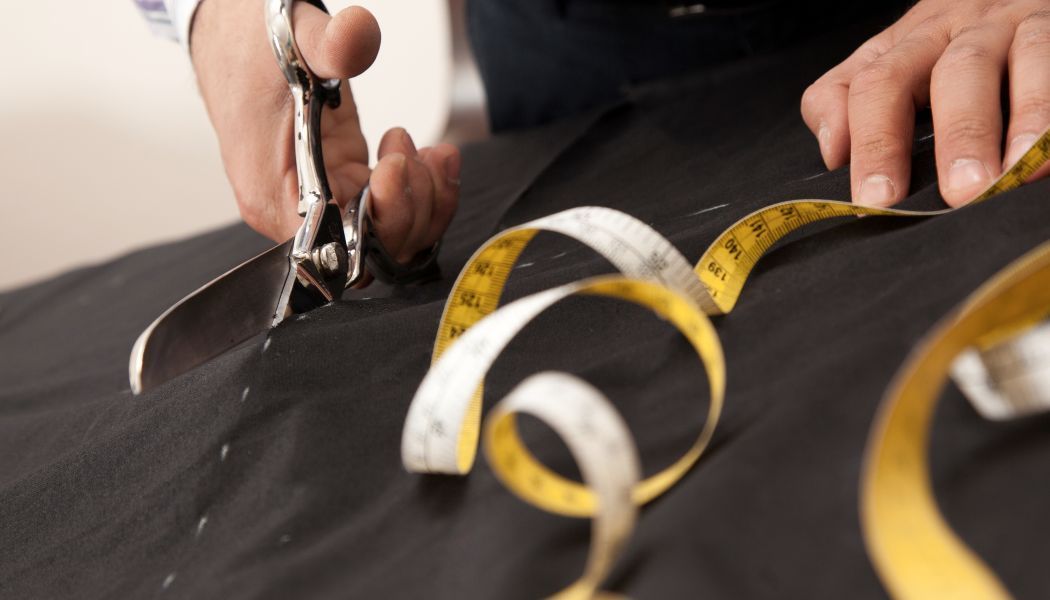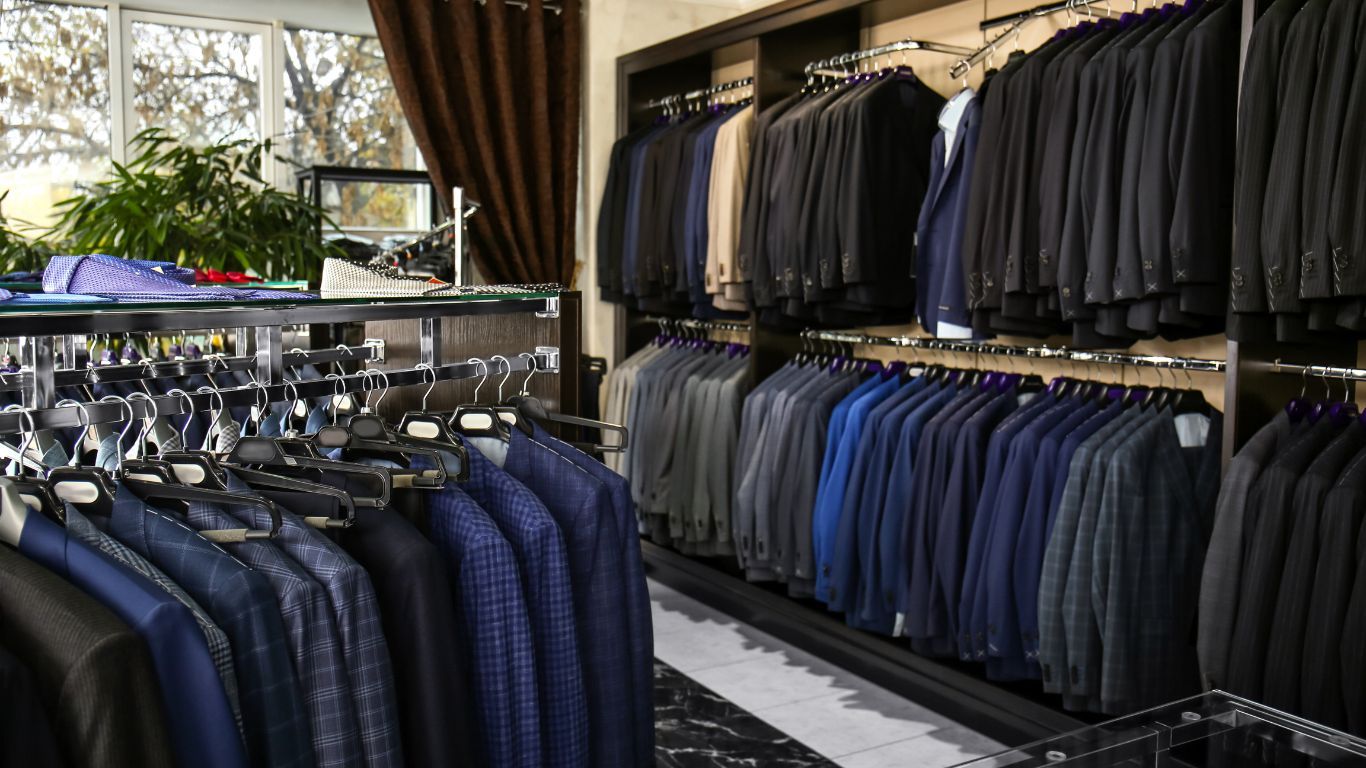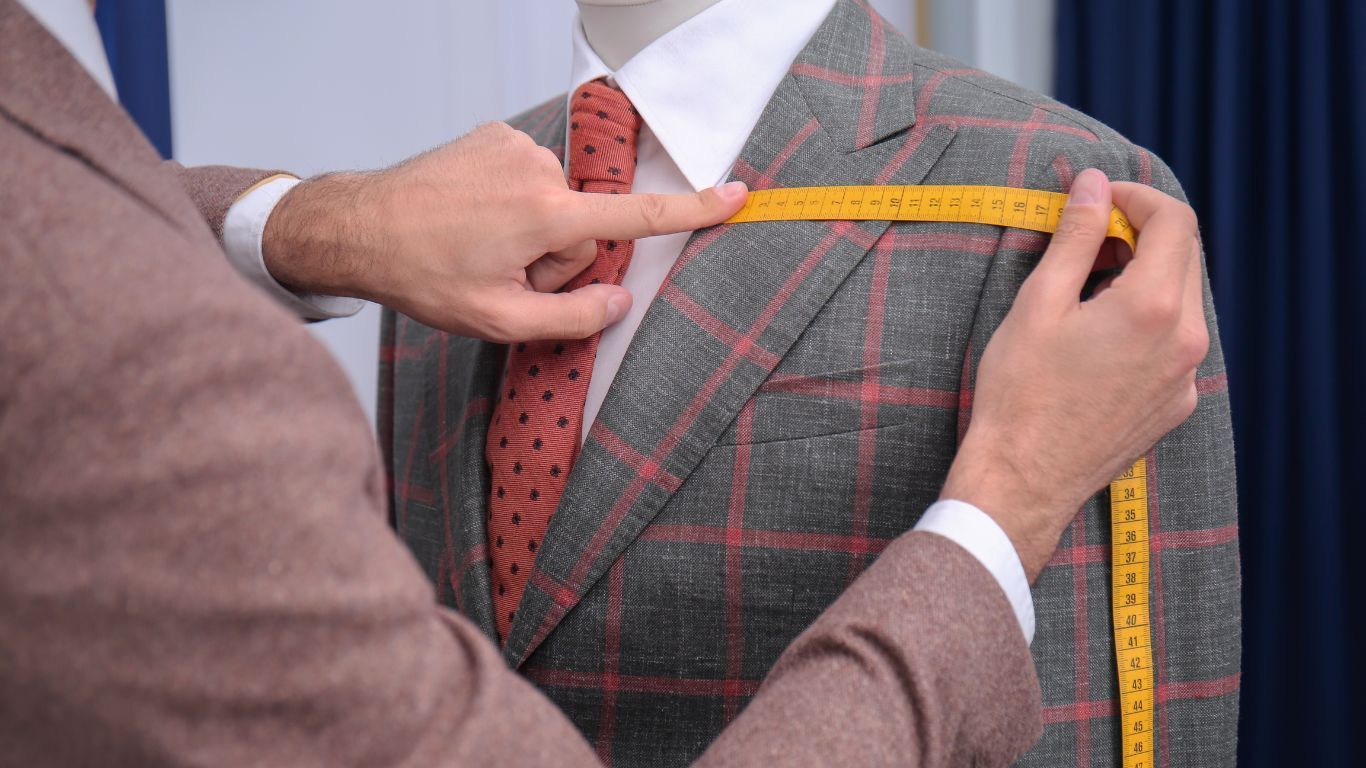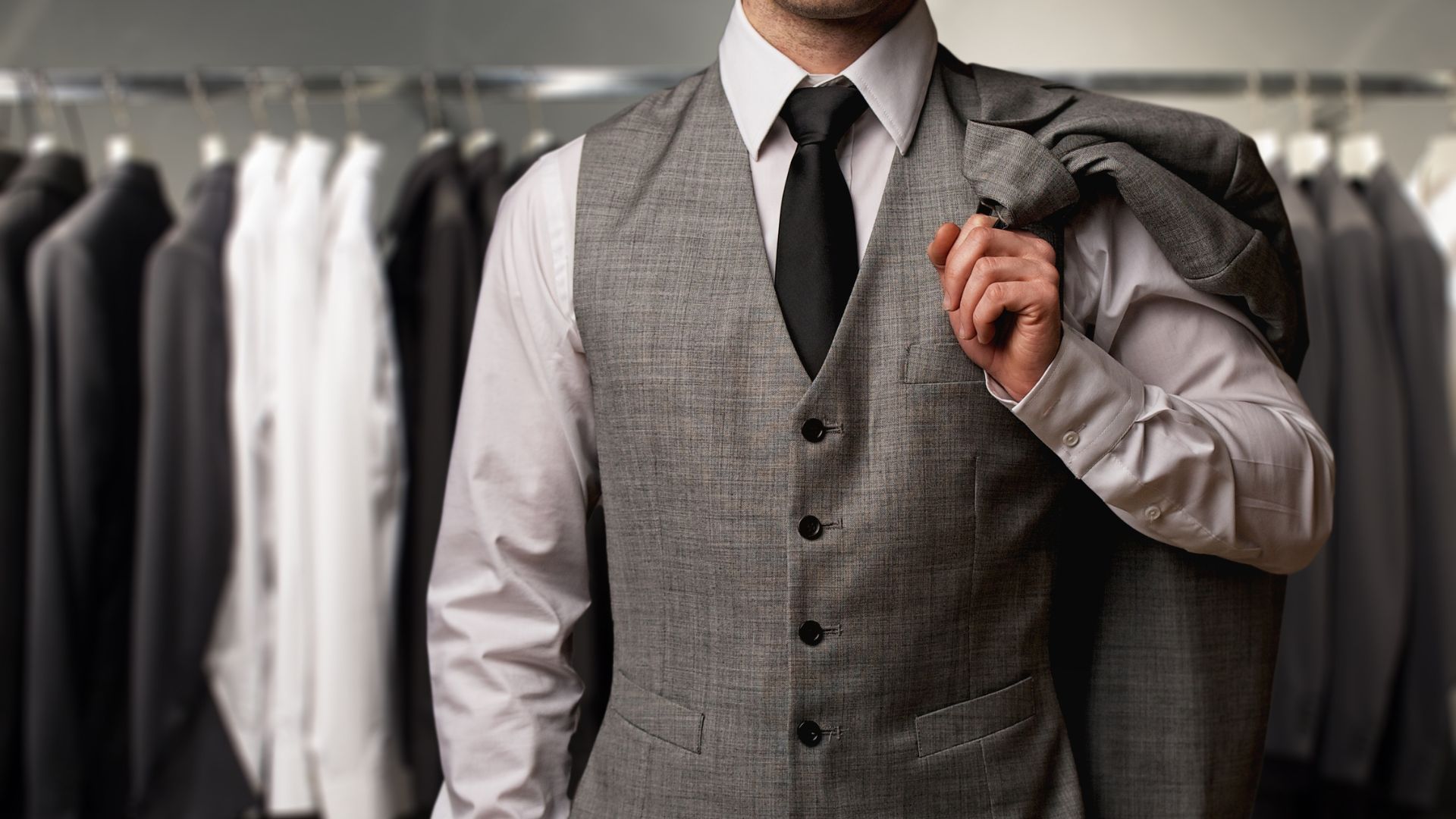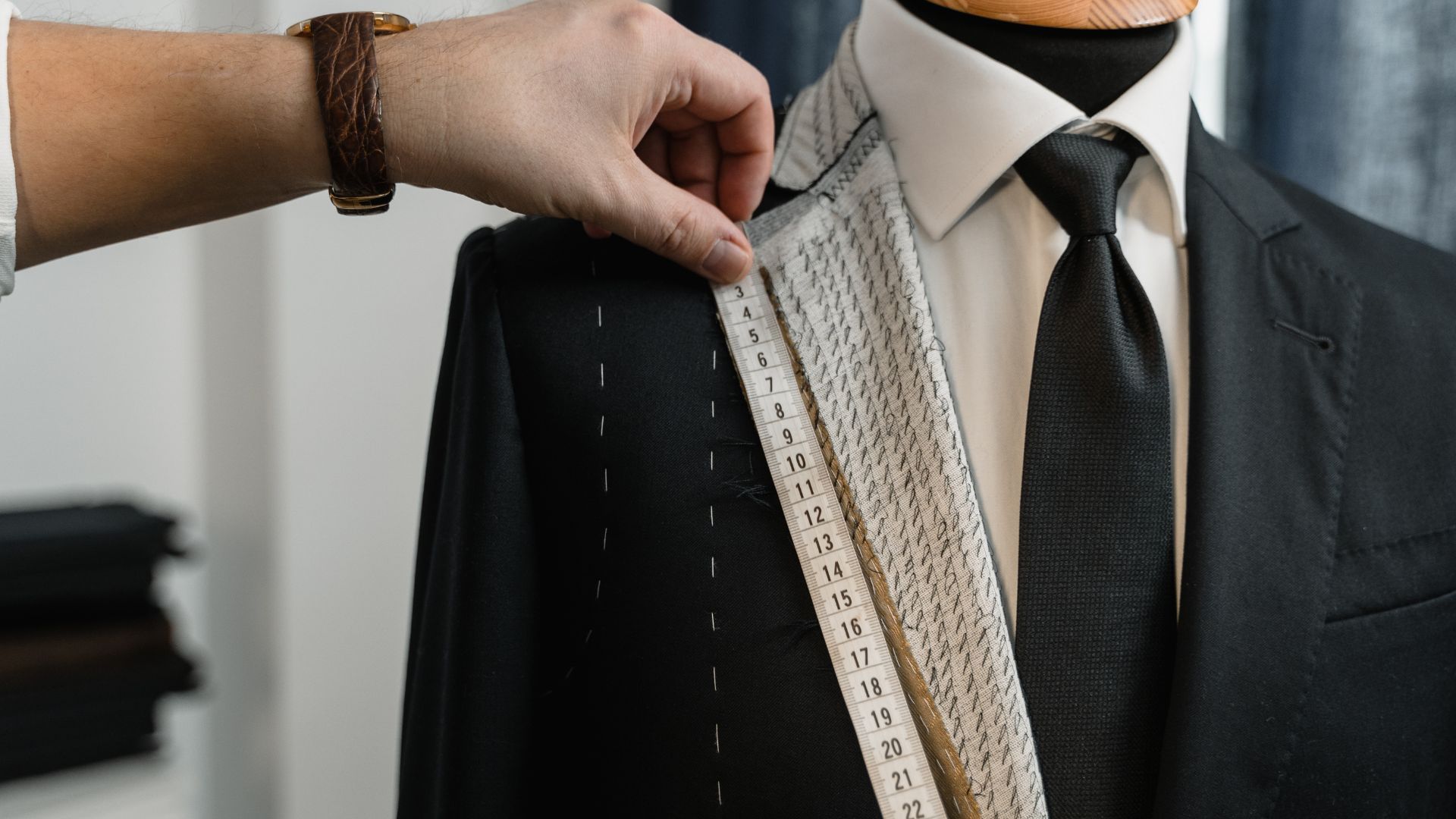Now is the right time to go through your wardrobe
Michael Pascalis • March 9, 2022
Lockdown has had a huge impact on all of us in many different ways. One huge change is how we dress day-to-day. Now that spring is among us, and we are spending a lot more time at home, there is no better time to start spring cleaning your wardrobe!
Here are some things to consider when organising your wardrobe during lockdown:
- Casual doesn’t mean productive
When working at home it is tempting to spend your day in a tracksuit or even your pyjamas. However, a number of recent studies show that people are more productive working from home when they wear work-like clothes. In the age of video conferencing, you want to ensure your colleagues, manager, and clients have the impression that you take your job seriously, and your attire is the first step in doing so. Make sure, that at the very least, you have appropriate shirts or tops at hand ready for any meeting. - Use time to declutter
While we are all staying safe at home, it is time to declutter that wardrobe. Go through and put aside the pieces you no longer wear, either pass it on to family or friends, or donate the items to a charity such as the Salvation Army. - Keep your favourites at hand
Once you have gone through and decluttered your wardrobe, it is time to organise what is left. Make sure that the clothes that you wear most often are visible. Keep your work shirts, active wear, and comfortable clothing at eye level. Accessibility is vital to making your wardrobe work for you. - Alter your clothing
Let’s face the fact, that during lockdown we are either indulging in food a little bit more, and perhaps some of us have added a bit of ‘lockdown’ weight, or you have taken this newfound free time to start exercising more and have lost some weight. Either way, some of your favourite clothing items may need to be altered to fit. In particular, look at your timeless pieces such as your tailored suits and shirts, your tailor will be able to alter these to fit you perfectly.
At Pascalis Bespoke Tailoring, our mission is to provide the finest
suit alterations Sydney services. With over 20 years’ experience, we are dedicated to altering garments distinctive to our client’s personality and style. For further information, contact us on
(02) 9231 1211.

The conversation about summer dressing too often circles back to gimmicks. Shorts in the office, polo shirts in the boardroom, but these are symptoms of a deeper problem: we have forgotten how to make and wear proper clothing for the climate we live in. A summer suit, chosen with care, remains the most elegant answer. But not all suits are created equal. If the heat leaves you dreaming of linen drawstrings, it’s not the suit’s fault. It’s the wrong suit. Here are eight considerations that turn summer tailoring from punishment into pleasure. 1. Fabric First The single most important decision is fabric. Natural fibres are non-negotiable. Polyester and other synthetics trap heat and suffocate the skin; they are cheap in every sense of the word. Tropical wool, with its fine yarn and open weave, has been the quiet hero of summer tailoring for decades. Linen, either pure or in a wool blend, brings unmatched breathability and texture. Cotton offers a crisp alternative for the more casual office. The principle is simple: fabric should breathe. 2. Lightness of Weave Weight is not enough; weave matters too. A dense cloth, no matter how fine, will feel like armour in January. Fresco, hopsack, and other open-weave constructions let air circulate without sacrificing drape. They prove that you don’t need to bare skin to keep cool. 3. The Case for Unlined Jackets Every layer in a suit traps heat. A fully lined jacket in the peak of summer is as unnecessary as it is uncomfortable. Half-lined or unlined jackets offer structure without insulation. Stripped back to its essentials, the jacket still frames the shoulders, flatters the waist, and gives shape, only now it does so without suffocating the wearer. 4. Rethinking Fit The tyranny of the skinny suit has done more to ruin summer dressing than the thermometer ever could. Narrow lapels, shrunken jackets, and trousers cut like leggings may look sharp in shop windows, but in the real world they cling, sweat, and stifle. A summer suit demands room to breathe: a touch more fullness in the chest, pleats in the trousers, a slightly longer rise. These small concessions to airflow make all the difference. 5. Freedom of Movement Tailoring was never meant to be restrictive. The best summer suits allow ease: side vents that open as you walk, trousers that fall cleanly without gripping the thigh, shoulders that move without resistance. Comfort is not the enemy of style, but rather it is its foundation. 6. The Role of Colour Summer is no time for charcoal and midnight navy. Dark cloth absorbs heat and looks heavy against the season’s light. Pale grey, beige, sky blue are shades that reflect the sun and signal ease. Seersucker, with its puckered surface, even lifts the fabric off the skin to create tiny channels of air. If ever there was a fabric designed for August, this is it. 7. Care and Longevity Summer is unforgiving. Suits face sweat, humidity, and relentless sun. The careless solution is cheap rotation: buy more, wear them out, throw them away. The wiser approach is investment. A well-made summer suit, rested between wears and hung to air, will last for years. Quality not only looks better, it endures. 8. Dressing with Intent The final consideration is not technical but philosophical. A summer suit is more than cloth and cut. It is a statement that professionalism need not wilt in the heat, that respect for the occasion is not seasonal. To wear one well is to prove that elegance adapts. Shorts may make headlines; tailoring makes an impression. There is nothing radical about suggesting that a summer suit can be cool, comfortable, and dignified. It has always been possible. The knowledge is there, in the choice of fabric, the looseness of cut, the restraint of lining, the play of colour. What is required is not reinvention but remembrance: a return to tailoring that understands climate rather than fights it. Eight considerations for made to measure suits for summer, then, but really one principle: good clothes work with the body, not against it. And in the heart of summer, a well-made suit is not a contradiction. It is liberation.
